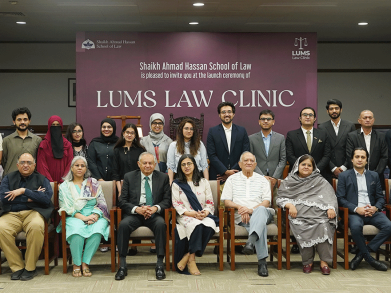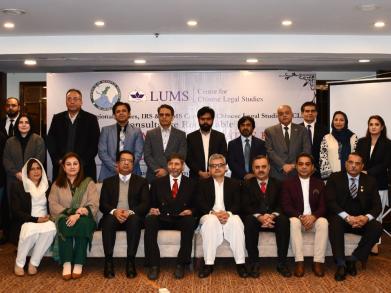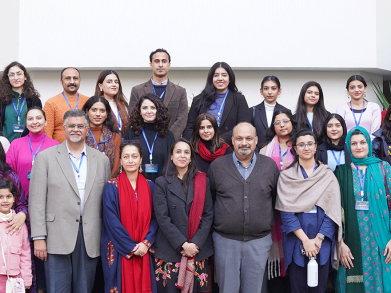
March 22, 2022
The dissertation is by Rizwan Khalid, PhD Management candidate.
Zoom Link: https://lums-edu-pk.zoom.us/j/96955834406?pwd=YWZ1R3ZoWUVob1VMSmZOUmp1V2Jndz09
Meeting ID: 969 5583 4406
Passcode: 836142
Dissertation Defence Committee:
- Dr. Tanveer Shehzad – Supervisor and Chair
- Dr. Omair Haroon – Member, SDSB
- Dr. Bushra Naqvi – Member, SDSB
- Dr. Muhammad Adeel Zaffar ‐ Member, SDSB
- Dr. Zubair Abbasi – Member, LUMS
- Dr. Hilal Anwar Butt – External Examiner (IBA, Karachi)
Abstract:
The stock market's performance is one of the major indicators of the soundness of the financial system of the country. A phenomenal growth of stock markets has attracted enormous attention from individual investors, international institutional, researchers, and policymakers. Stock market performance assessment can be done through indicators such as liquidity, efficiency, volatility, growth, and development, etc. In this thesis, we are using the growth and crashes of the stock market as indicators of stock market performance. The role of stock markets has been increasing continuously in the global financial systems and firms are increasingly relying on the stock markets for raising capital now even in less developed financial systems. Moreover, there have been many radical changes in the system and working of the stock market. In this thesis, we have the intention of investigating the relationship between different determinants of stock market and stock market growth and crashes.
Chapter 2 examines the association between capital account liberalization and stock market crashes. The effect of capital account liberalization on macroeconomic indicators, for example, on GDP growth (e.g. Quinn et al. 2001; Quinn and Toyoda, 2008) is predominantly positive, while few researchers document no significant effect (e.g. Rodrik, 1998; Kraay, 1998). Research is very limited in terms of the effect of capital account liberalization on stock market’s size, liquidity, development, and asset prices (e.g. Levine and Zervos, 1998a; Vithessonthi and Tongurai, 2012). Using a data from 65 stock markets, this chapter documents little support for uncontrolled capital account convertibility. Specifically, capital account transactions lead to a decrease in stock market crashes at restricted capital account liberalization. However, the impact is positive at liberalized capital account convertibility. 4 Proceeding further Chapter 3 investigates the relationship between stock market size and stock market capitalization growth. Stock markets foster economic development through better allocation of resources. In terms of stock markets, many factors have been studied which are important for the growth and development of stock market, ranging from macroeconomic factors (Yang et al. 2018; Bekaert and Engstrom 2010, etc.) to institutional factors (Henry, 2000; Ng et al. 2015, etc.). This chapter rejects the notion of independence of size and growth in the context of stock market and highlights that size negatively affects stock market growth. Moreover, the growth of stock market in a previous time period is not a predictor of current stock market growth.
Chapter 4 studies the effect of crude oil growth on stock market crashes at different levels of financial stability. Previous literature has documented very conflicting findings in terms of the role of crude oil prices on stock market activities. Using the sample of the MENA region, this chapter shows that stock market crashes are negatively explained by crude oil growth. However, this association is significant only at an average level of financial stability.


















